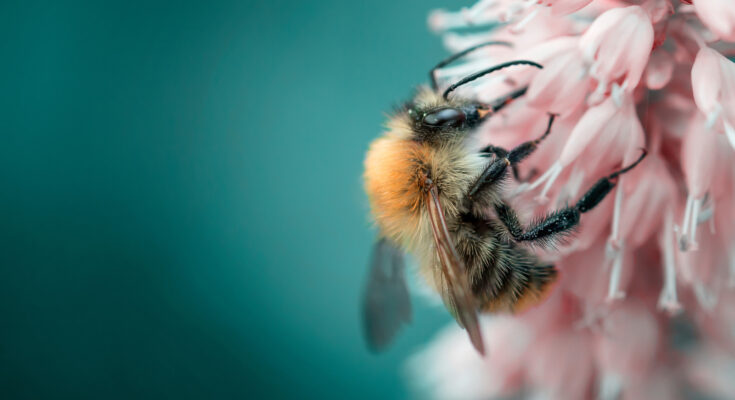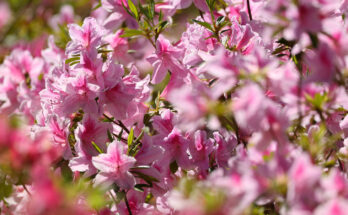The Showstopping Climbing Plant Butterflies & Bees Will Keep Coming To Your Yard For
When you are starting to plan a pollinator garden, a climbing rose may not be the first plant that comes to mind. Many of the best plants for pollinator gardens are natives and wildflowers that play host to butterflies or provide food for a variety of species. Increasingly, though, roses are becoming more common in pollinator gardens. The key is to pick the right variety, and the ‘Highwire Flyer’ climbing rose (Rosa ‘Highwire Flyer’) is quickly becoming one of them.
‘Highwire Flyer’ has long-lasting blooms from early summer through fall, when given the right conditions. And its pink flowers are known to attract bees and butterflies to the yard. This relatively low-maintenance plant needs full sun and rich soil that will hold some moisture but drain freely. It may take a few seasons to get established, during which time it will need regular watering.
Once its roots are well established, it will only need watering during hot, dry weather. And don’t forget, this rose is a climber that can get up to about 6 feet tall and just as wide, so it will need room to grow and a support structure to climb. It’s resistant to many common rose diseases, so it should be otherwise low maintenance.
Pollinator-friendly companion plants for your ‘Highwire Flyer’
No matter how much the bees and butterflies love your new rose bush, you will want to add other plants to the garden to create a truly pollinator-friendly area. Many colorful companion plants for roses are also favorites of birds, butterflies, and bees. Additionally, they tend to enjoy full sun and aren’t usually picky about soil. So, in other words, you’ll have plenty to choose from.
The pink flowers of strawberry foxglove (Digitalis x mertonensis) could work well with the deep pink blooms of the ‘Highwire Flyer.’ Many types of salvia (Salvia officinalis) attract hummingbirds and other pollinators. They come in a wide variety of colors, so you will be able to find one that fits into your garden scheme. The same goes for yarrow (Achillea millefolium), which has umbel-shaped flowers that are favorites of bees and some butterflies. There are also plenty of other roses that attract pollinators, but you have to do your research. Many cultivars, especially those with dense petals, can be hard for bees to access. Roses with single or semi-double flowers produce more pollen, making them a better option for pollinator gardens.
The list of possibilities is endless, but some may want to be careful when planting foxglove, as it is considered invasive in some states. Regularly deadheading can help keep it from spreading. Learn about the other mistakes to avoid when trying to attract pollinators, so that your ‘Highwire Flyer’ adventure gets off on the right foot.



